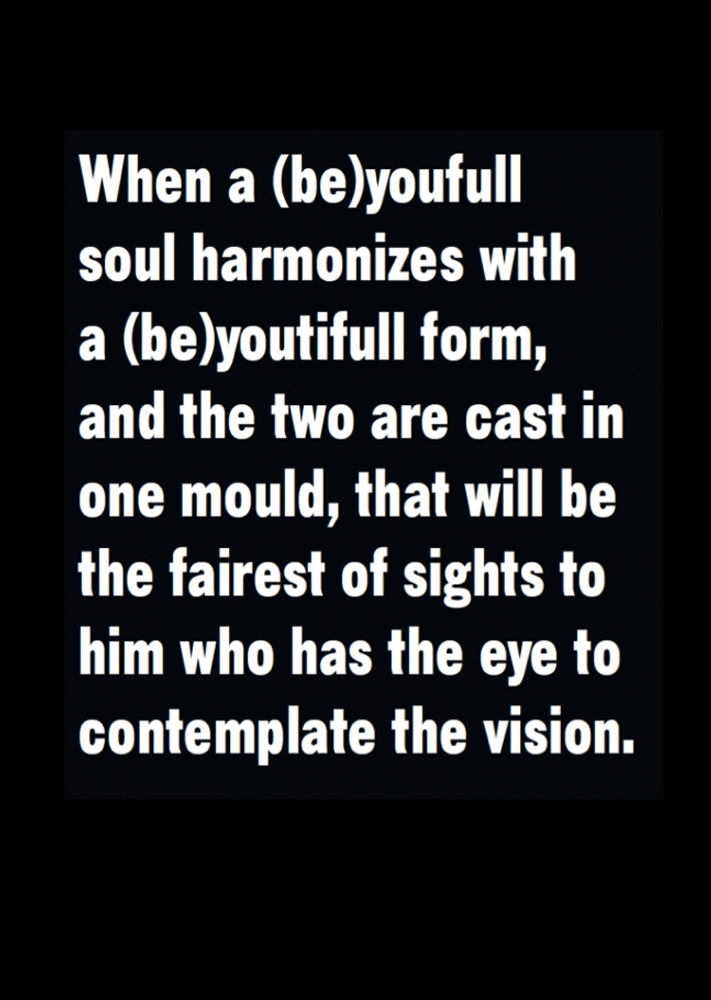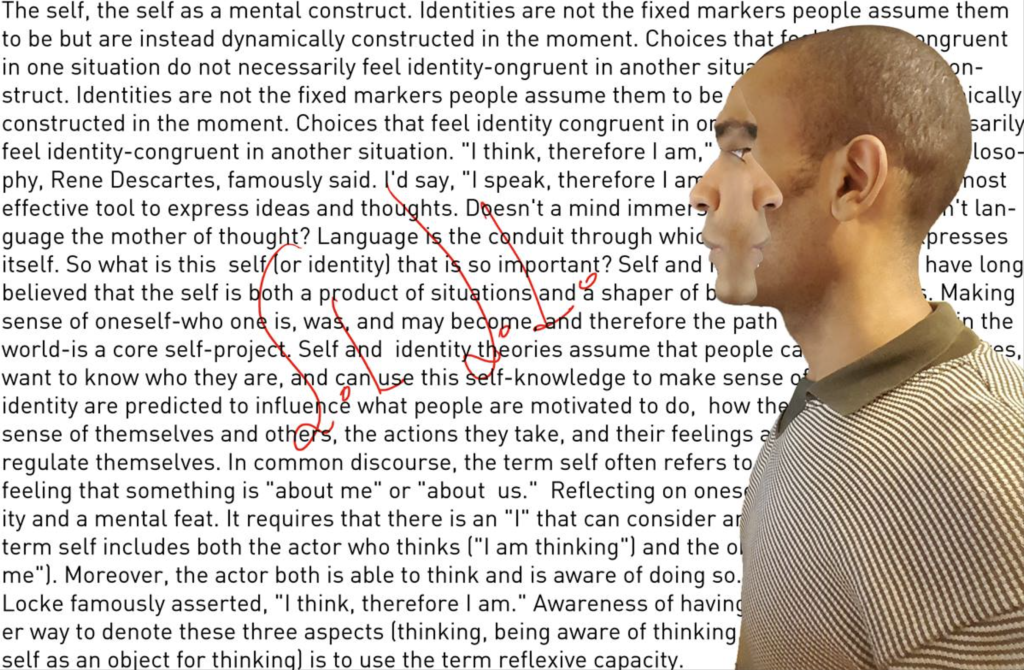
The Self and the Other

The self and the other experiment:
- Understanding Perceived Appearances versus Inferred Reality
- Understanding Numerical-Reasoning Principles.
- Understanding Perception of Speech Sounds.
- Understanding the Interpretation of Reality and the Emotion Experienced. (Please go back to / clarify)
- Infographics and Pictograms representation for better understanding.
- Some general conclusions.
In this context, “The Self and the Other” reflects the relationship between the individual’s conscious self-concept and their unconscious desires and motivations. Exploring this relationship can help individuals better understand the dynamics of their own personality and the different factors that influence their thoughts, feelings, and behaviors. This can be useful in promoting self-awareness, personal growth, and psychological well-being.
If the “Other” refers to an individual’s ego or alter ego, then the relationship between the self and the other would reflect the relationship between different aspects of the individual’s personality.
- The ego is often thought of as the conscious part of the self, responsible for a person’s sense of self-identity and their perception of reality. The alter ego, on the other hand, may be considered as a more unconscious aspect of the self, representing repressed or unconscious desires, motivations, and behaviors.
“Perceived Appearances versus Inferred Reality” refers to the difference between how things appear to be and how they are.
Perceived Appearances refer to the external, observable qualities and characteristics that people attribute to a person, object, or situation based on their senses. These appearances are often influenced by a person’s cultural background, personal beliefs, and experiences, and can be influenced by their interpretation of the information they receive through their senses.
Inferred Reality, on the other hand, refers to the underlying truth or actual nature of a person, object, or situation. This reality is often not immediately observable and requires interpretation and analysis. People use their past experiences, knowledge, and understanding to infer the reality of a person, object, or situation based on the information they have available to them.
The distinction between perceived appearances and inferred reality is important because people often form opinions, beliefs, and attitudes based on what they perceive, rather than on what is true. This can lead to misunderstandings, misperceptions, and distorted views of reality, which can have negative consequences in personal, social, and professional contexts. By being aware of this distinction, individuals can become more mindful of their own perceptions and take steps to better understand the reality of a person, object, or situation.
“Understanding Numerical-Reasoning Principles” refers to the process of acquiring knowledge and skills related to mathematical concepts and processes, including arithmetic, algebra, geometry, and statistics. It involves understanding how numbers, mathematical operations, and mathematical concepts can be used to analyze, interpret, and solve real-world problems.
Numerical reasoning is a fundamental aspect of mathematical literacy and is essential for a wide range of fields, including science, engineering, technology, finance, and many others. Understanding numerical-reasoning principles involve developing a range of skills, such as solving mathematical problems, using mathematical models to represent real-world situations, and using mathematical reasoning to make informed decisions.
In summary, understanding numerical-reasoning principles is a crucial aspect of mathematical literacy and is essential for success in many areas of life, both personal and professional. It involves the development of a range of skills and abilities related to the use of mathematical concepts and processes and is necessary for individuals to be able to make informed decisions and solve real-world problems effectively.


By understanding the perception of speech sounds, individuals can become more aware of their own biases and prejudices and can work to eliminate them. This can help them to communicate more effectively, improve their relationships with others, and promote greater understanding and respect for diversity. Additionally, this understanding can help individuals to become more self-aware, communicate more clearly, and to improve their overall well-being. In the “BE(YOU)FULL” context, understanding the perception of speech sounds is an important part of promoting self-awareness, self-acceptance, and positive relationships with others.
In the context of the “BE(YOU)FULL” concept, “Understanding Perception of Speech Sounds” refers to the process of becoming aware of how speech sounds are perceived and how they can affect the individual’s communication and relationships with others.
Perception of speech sounds involves the interpretation of auditory information to make sense of the sounds we hear. It is influenced by a variety of factors, such as our background, experiences, and cultural context, as well as the context in which the speech sounds are heard. Our perception of speech sounds can impact the way we communicate and understand others and can also impact our relationships with others.
- GOT QUESTIONS?
- Email Us
- designstudio@carlossimpson.com
- Call Us
- +44(0)7856279217

Don’t forget to follow the BE(YOU)FULL project on the social media
Categories: UNDERSTANDING BEHAVIOUR
Sorry, comments are closed for this item.

